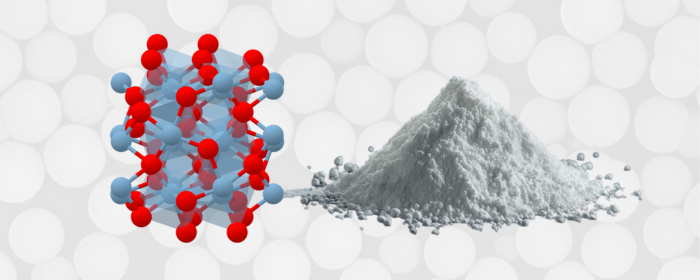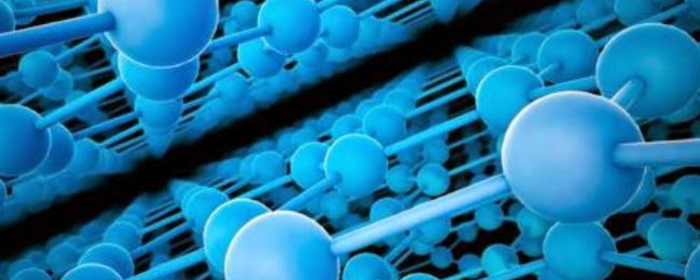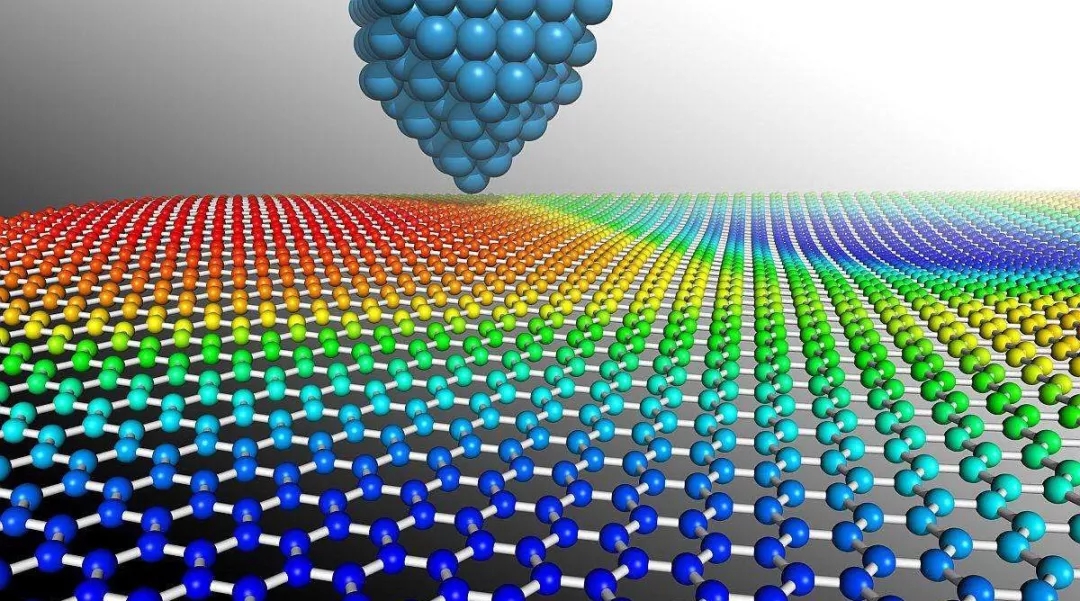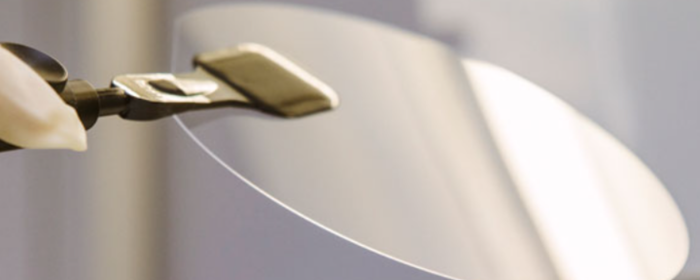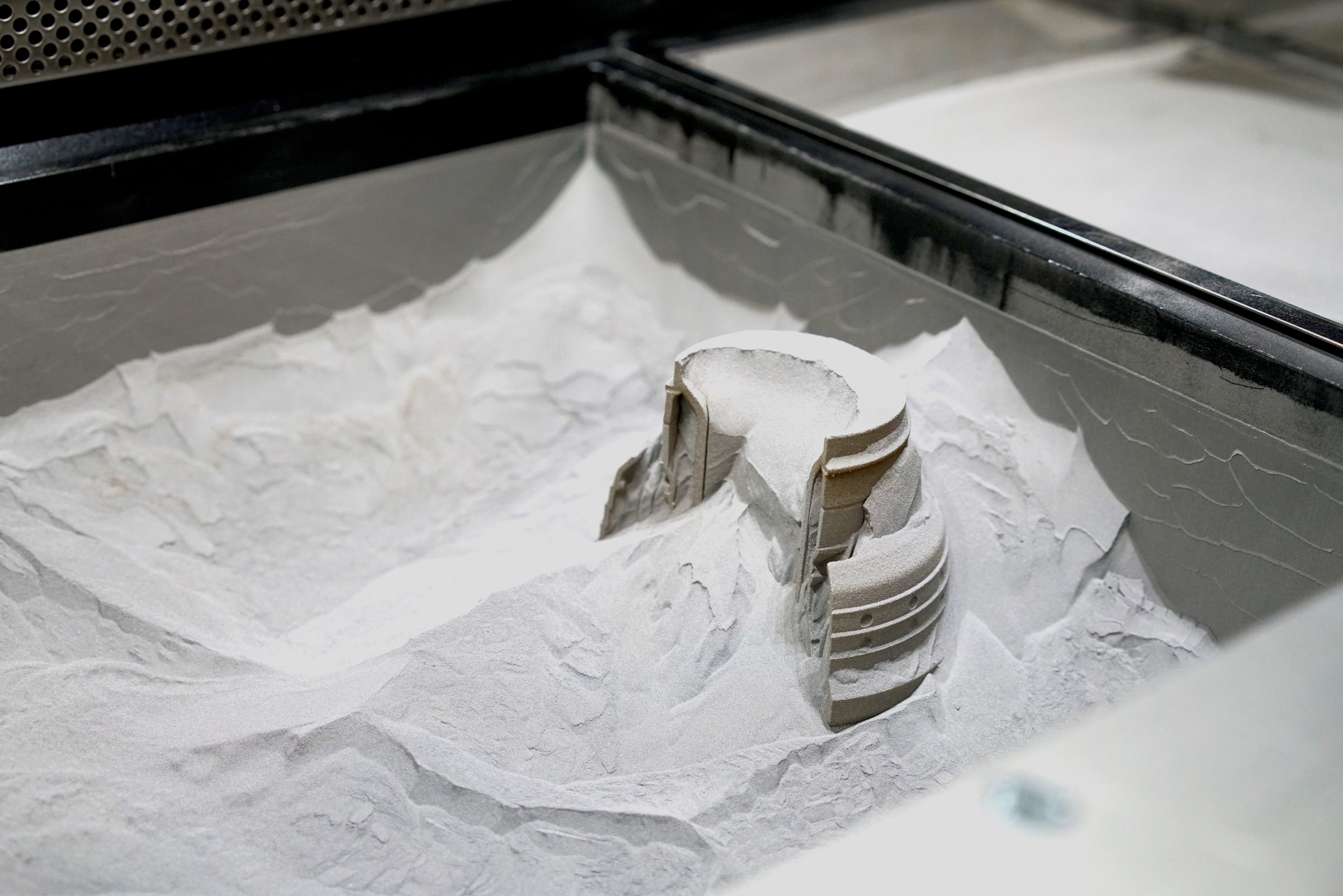

Powder coatings find extensive uses in coating metal surfaces such as domestic appliances, building materials, and automobile parts. As an intrinsic component of powder coatings, pigments have a direct bearing on the color, opacity, weatherability, and performance of the coating. Pigments may be divided into: inorganic pigments, organic pigments, and metallic pigments.
Inorganic pigments are metal oxide, sulfide, etc., and they possess excellent high-temperature stability, weather stability, and chemical stability.
Carbon black is the most important black pigment. Carbon black may be widely varying in color, tint strength, and dispersibility according to the process of manufacture. Typical forms are acetylene black, channel black, and lamp black. Carbon black provides superior UV resistance.
After black pigments, we turn to white pigments. In powder coatings, pure white coatings primarily use titanium-based pigments, especially titanium dioxide (TiO₂). This is due to TiO₂'s advantages, such as its high refractive index, strong opacity, and tinting strength. Its applications span coatings, plastics, paper, inks, and cosmetics.
Apart from black and white, we now turn to colored pigments. Iron oxide pigments are among the most common colored inorganic pigments used in powder coatings. Because of their superior properties, they have major use in construction, industrial, and automotive applications.
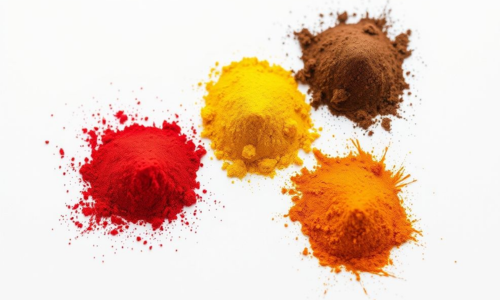
Another widely used colored pigment is chromium-based pigments, which are inorganic pigments that are primarily composed of chromium. They are present in a wide range of coatings, plastics, ceramics, inks, and construction materials. Similar to iron oxides, chromium-based pigments exist in a variety of colors, most of which are chrome yellow, molybdate orange, and chrome green. Their heat and weather stability is, however, lower than that of iron oxide pigments. They, however, offer excellent color, good acid/alkali resistance, high tinting strength, and ease of dispersion.
Summary: Comparison of Carbon Black, TiO₂, Iron Oxide, and Chromium-Based Pigments
|
Property |
Carbon Black |
Titanium Dioxide |
Iron Oxide Pigments |
Chromium-Based Pigments |
|
Color Range |
Black |
White |
Red; Yellow; Black; Brown; Orange |
Green; Yellow-Orange; Red |
|
Weather Resistance |
UV-resistant, non-fading |
Excellent |
Excellent |
Chrome green: Excellent; Chrome yellow: Moderate |
|
Heat Resistance |
≤400°C |
Anatase: ≤600°C; Rutile: ≤1000°C |
≤300°C |
Chrome green: ≤1000°C; Chrome yellow: ≤200°C |
|
Opacity |
Very high |
Very high |
High |
Moderate |
|
Eco-Friendliness |
Non-toxic |
Non-toxic |
Non-toxic |
Chrome green: Non-toxic; Chrome yellow: Contains lead/Cr⁶⁺ (restricted) |
|
Cost |
Low-Medium |
High |
Low-Medium |
Medium-High |
Organic pigments are colored artificial chemicals with molecular structures based on carbon consisting of primarily aromatic hydrocarbons and heterocyclic compounds. Organic pigments achieve color through the absorption and reflection of selective light wavelengths. They exhibit a broad gamut of color, bright hues, and good tinting strength. Compared with inorganic pigments, organic pigments display higher transparency but lower light and heat stability. Major types include:
How are organic and inorganic pigments different? The table below lists their major differences:
|
Property |
Organic Pigments |
Inorganic Pigments |
|
Color Vibrancy |
Very high |
Lower |
|
Lightfastness |
Moderate to good |
Excellent |
|
Heat Resistance |
150–250°C |
300–1000°C |
|
Transparency |
High, suitable for transparent coatings |
Low, high opacity |
|
Eco-Friendliness |
Some contain aromatic amines |
Mostly non-toxic |
Metallic pigments provide a unique metallic luster that other pigments cannot match. The most widely used metallic pigments are aluminum powder, copper powder, and pearlescent pigments (which, though not metal-based, mimic metallic effects). Other metallic pigments include stainless steel and nickel powders, though these are less common.
Aluminum powder is divided into leafing (floating) and non-leafing types.
Under an electron microscope, aluminum particles appear flake-like. In powder coatings, aluminum powder must be post-blended with gentle mixing. High-speed or aggressive mixing can destroy the flakes, eliminating the metallic effect.
Aluminum-based powder coatings are not suitable for outdoor use because aluminum oxidizes under sunlight and humidity, leading to fading, graying, or spotting.
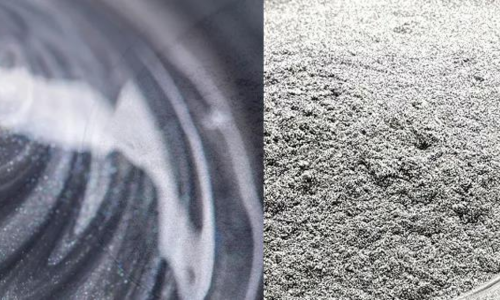
Copper powder can be alloyed with zinc or tin to produce different hues, such as antique bronze, red gold, and greenish-red. Blending various copper powder sizes creates effects ranging from subtle to bold.
Since copper is highly reactive, it oxidizes easily and is unsuitable for outdoor applications. Standard copper powder withstands ~180°C; prolonged exposure causes darkening. Some manufacturers apply silica coatings to improve heat resistance.
Pearlescent pigments consist of transparent mica flakes coated with a precisely controlled layer of high-refractive-index metal oxides (e.g., TiO₂, Fe₂O₃, Cr₂O₃). These layers refract and transmit light, mimicking the luster of pearls, shells, insects, and metals.
Pearlescent pigments come in silver-white, iridescent, and gold series. They must be post-mixed (not extruded) to avoid structural damage. The recommended dosage is ≤2%; excess causes clogging in spray guns, reducing efficiency and quality.
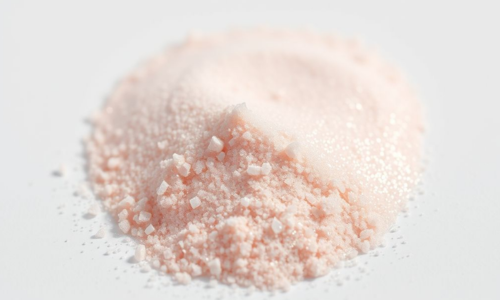
Stanford Advanced Materials (SAM) is a global supplier of metal powders and metallic compound powders. We provide powder materials of various elements including titanium, aluminum, copper, zinc, chromium, and more.
Available options:

